The interplay between traditional and modern attire in the Arab world is a reflection of a region steeped in cultural richness yet dynamically engaging with global fashion trends. Traditional garments like the 'djellaba', a hooded tunic, remain prevalent in Morocco, symbolizing the national heritage with its colorful fabrics for women and earth tones for men. In contrast, younger generations in the Middle East often reserve such traditional outfits for special occasions, opting for Western clothing in their daily lives. This shift is more pronounced in urban areas, where fashion trends are closely followed, while rural populations continue to favor traditional dress for its comfort and practicality against the elements.
Social class also influences clothing choices, with designer Western wear marking the middle and upper classes, particularly in Levant and North African countries. However, in the Gulf states, distinctions are less about the type of clothing and more about the quality and design of traditional pieces like the 'abaya', accessories, or even sunglasses. The 'thagiyah', a skullcap, and the 'ghutra' or 'keffiyeh', a headscarf secured with a cord called 'aghal', are distinctive of Gulf men's fashion, while the 'dishdasha' or 'thobe' is a common sight across the region.
Women's fashion, too, showcases a blend of tradition and modernity. The 'kaftan', an overdress for special occasions, coexists with the 'hijab', which has evolved into a fashion statement with various styles and colors. The 'niqab' and 'khimar' also illustrate the diversity in veiling practices, reflecting individual and regional identities. This diversity is emblematic of the broader Arab sartorial landscape, where clothing is not just a matter of tradition but also an expression of personal style and social status.
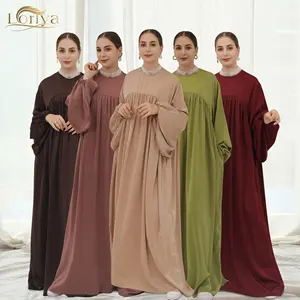
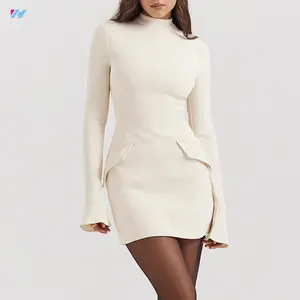



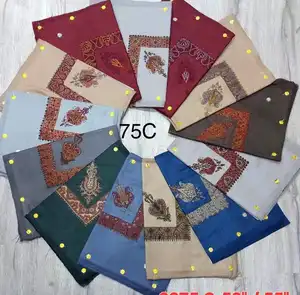

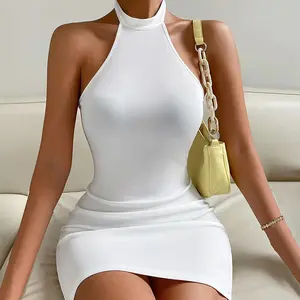


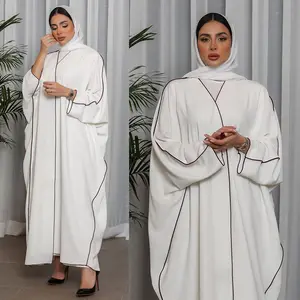
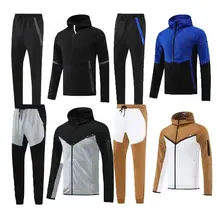

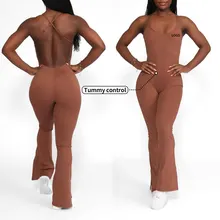
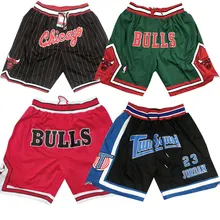
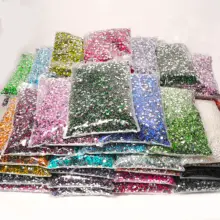


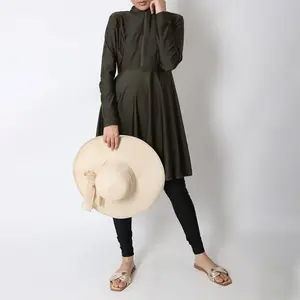
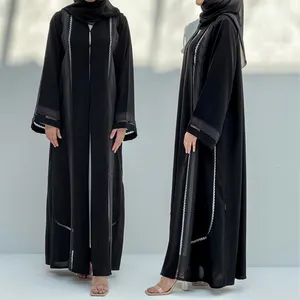

















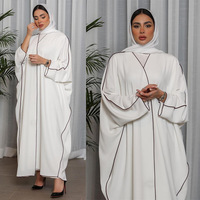









 浙公网安备 33010002000092号
浙公网安备 33010002000092号 浙B2-20120091-4
浙B2-20120091-4